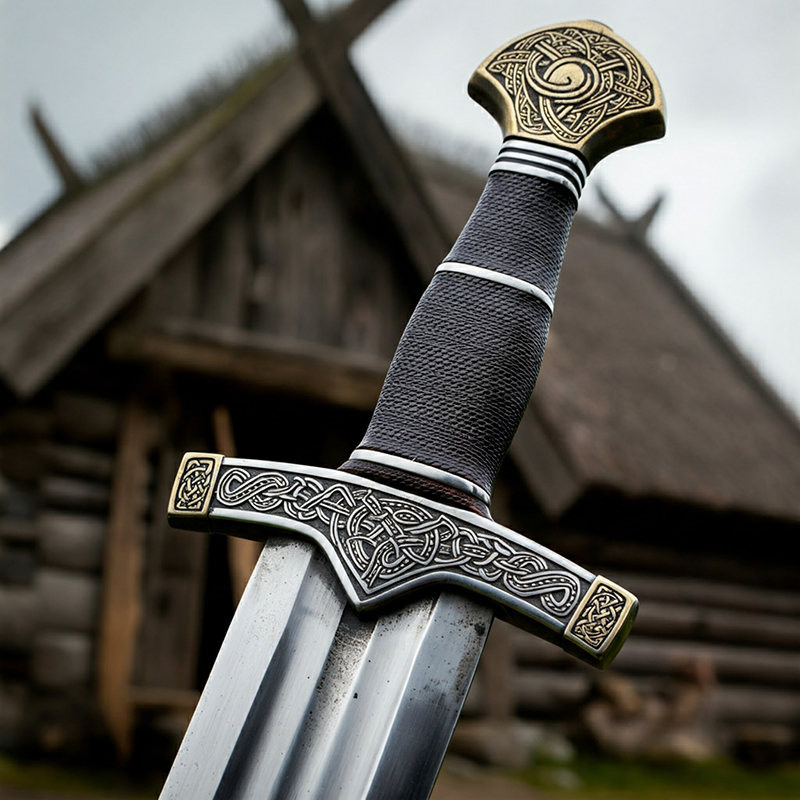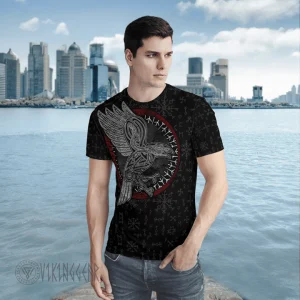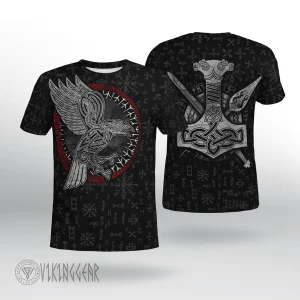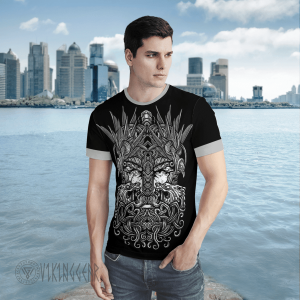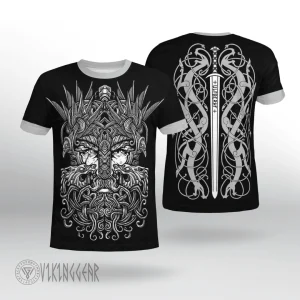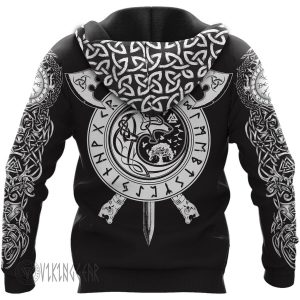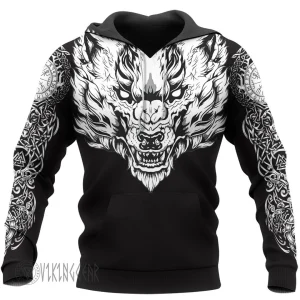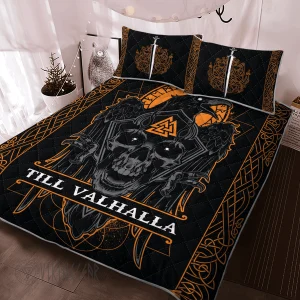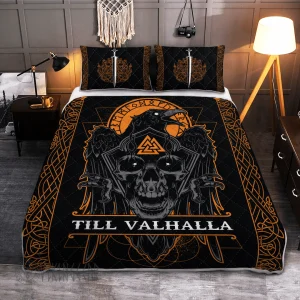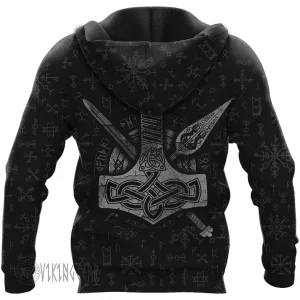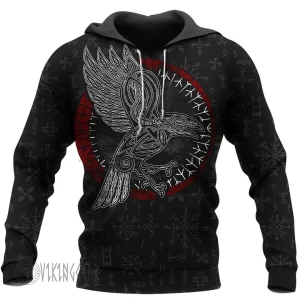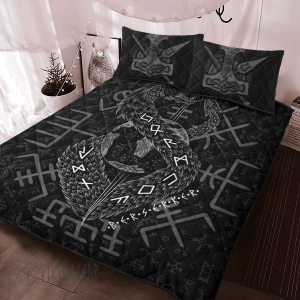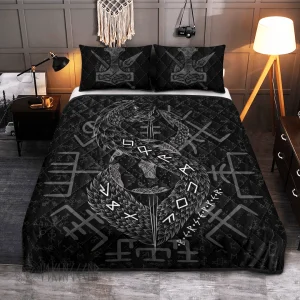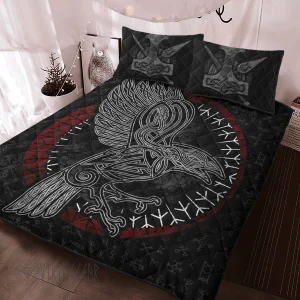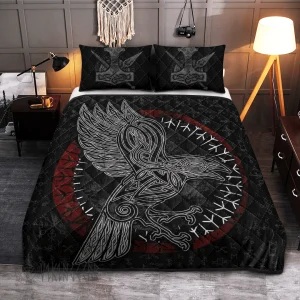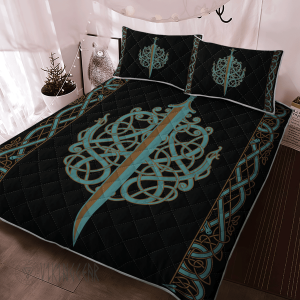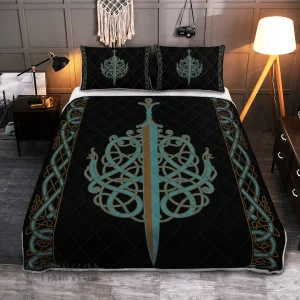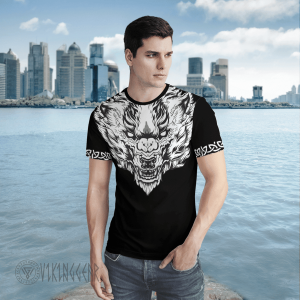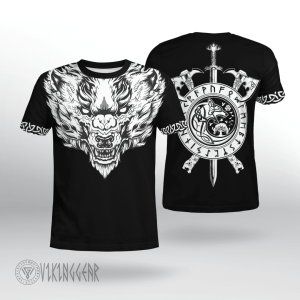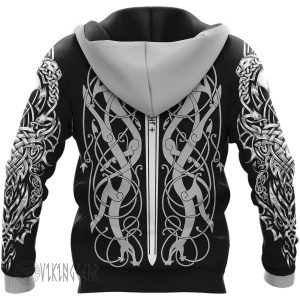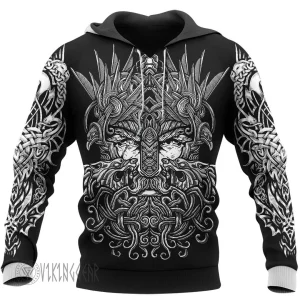Viking Blog
The Viking Sword: A Blade Forged in Legend
The Viking sword is a symbol of power and prestige. It is also a mark of unmatched skill. It is central to the history of the Norse warriors. The sword, known for its deadly design, fascinates historians and fans. Let’s delve into the history, construction, and cultural significance of this legendary weapon.
The Viking Sword in History: Origins and Evolution
The Viking Age (circa 793–1066 AD) was a period of intense seafaring, trade, and conquest for the Norse people. Their blades, influenced by earlier Germanic designs, evolved to meet warriors’ needs. These weapons were shorter than the longer swords of medieval knights, averaging about 70–90 centimeters in length. They were perfect for close combat on land and in their longships’ cramped decks.
At the start, many producers imported blades from the Franks, known for their high-quality steel. Over time, Norse blacksmiths mastered forging these weapons. They created tools that were both functional and beautiful.
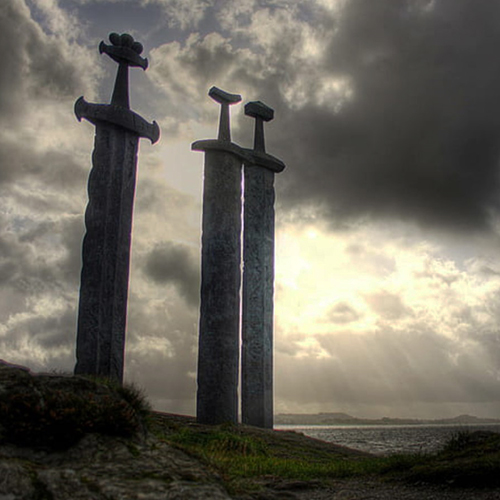
Crafting the Viking Sword: A Masterpiece of Skill
A typical example had a double-edged blade with a crossguard to protect the wielder’s hands. The hilt had a distinctive oval or lobed pommel. The blade’s construction often used a technique called pattern-welding, twisting strips of iron and steel together and then hammering them flat. This process made the blade strong and flexible. It also created wave-like patterns on its surface, a hallmark of Norse craftsmanship.
These weapons often had ornate pommels and crossguards, featuring carvings and inlays of precious metals or gemstones. The embellishments displayed the owner’s status and wealth, turning the tool into a prized heirloom, passed down through generations.
The Viking Sword: A Symbol of Honor and Legacy
In Norse culture, these blades were more than war tools. They symbolized honor, status, and legacy. A finely crafted example could greatly enhance a warrior’s reputation. Losing it in battle was a great disgrace. Many sagas and legends mention named blades, like Skofnung and Gram, believed to have magical powers. This shows a cultural reverence for these weapons.
People saw the forging of these tools as an almost mystical process. Blacksmiths earned great respect and were believed to have divine power in crafting these exceptional blades. In some cases, owners buried their weapons to ensure the warrior took their most valued possession on their afterlife journey.
The Legacy of the Viking Sword: Timeless and Inspiring
Today, the Viking sword endures as a potent symbol of the ingenuity and resilience of the Viking Age. Historical reenactors, museums, and modern swordsmiths celebrate these weapons. They recreate them with precision using ancient techniques and modern tools. The Viking sword is alluring. It creates a harmonious combination of beauty, function, and history.
Displayed in museums or in media, it inspires awe and reminds us of the Norse legacy and an era of courage, craftsmanship, and conquest.

